- Home
- News & trends
- Trends
- The 10 most popular food trends in 2019
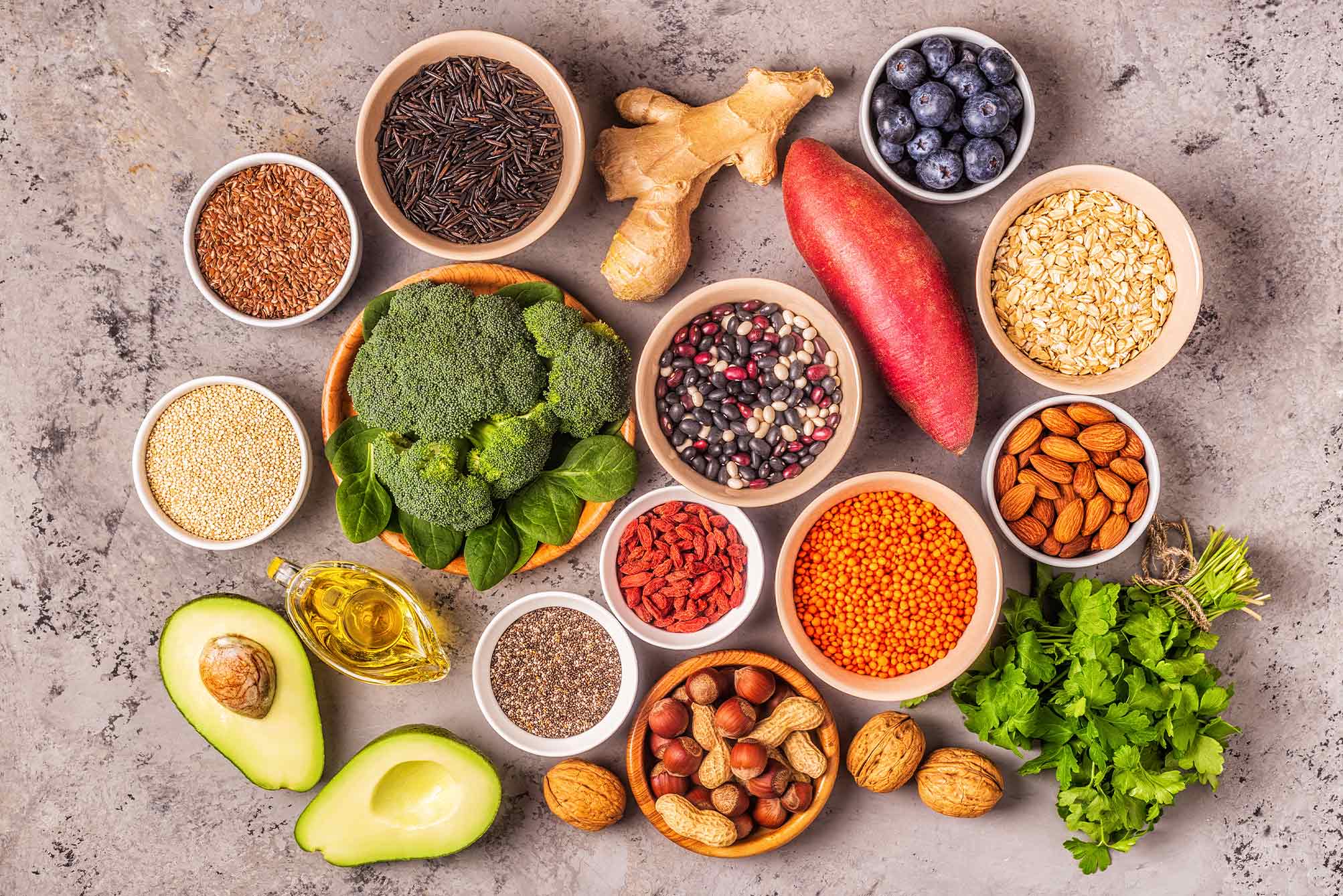
The 10 most popular food trends in 2019
Evolutions in food habits and trends aren’t just the result of scientific innovation, but also the result of improved sensibility of consumers, who voluntarily choose a healthier and more attentive lifestyle, caring about the social and environmental impact.
Let’s discover together the ten most popular trends in the food world this year.
1. Superfoods
This new trend is all the rage among consumers, and it involves buying and cooking with superfoods, which have a positive impact on the body.
The most loved are anti-inflammatory foods like turmeric, anti-age foods like blueberries and collagen, and stomach-friendly foods like yoghurt, whole wheat cereals and nuts.
Some superfoods are also beneficial to the nervous system, since they slow down aging or favor cognitive abilities. They include fresh fish, turmeric and berries.
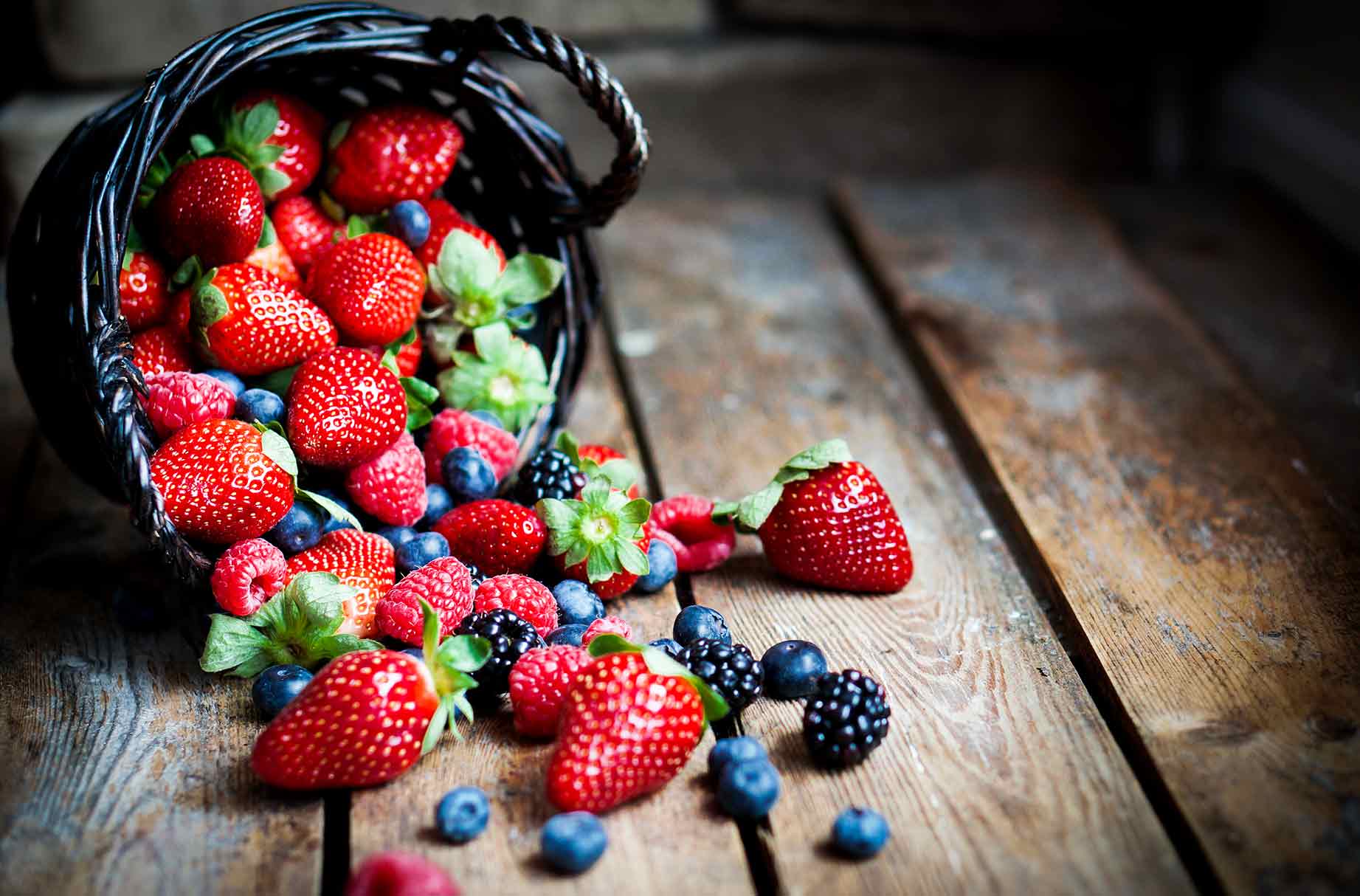
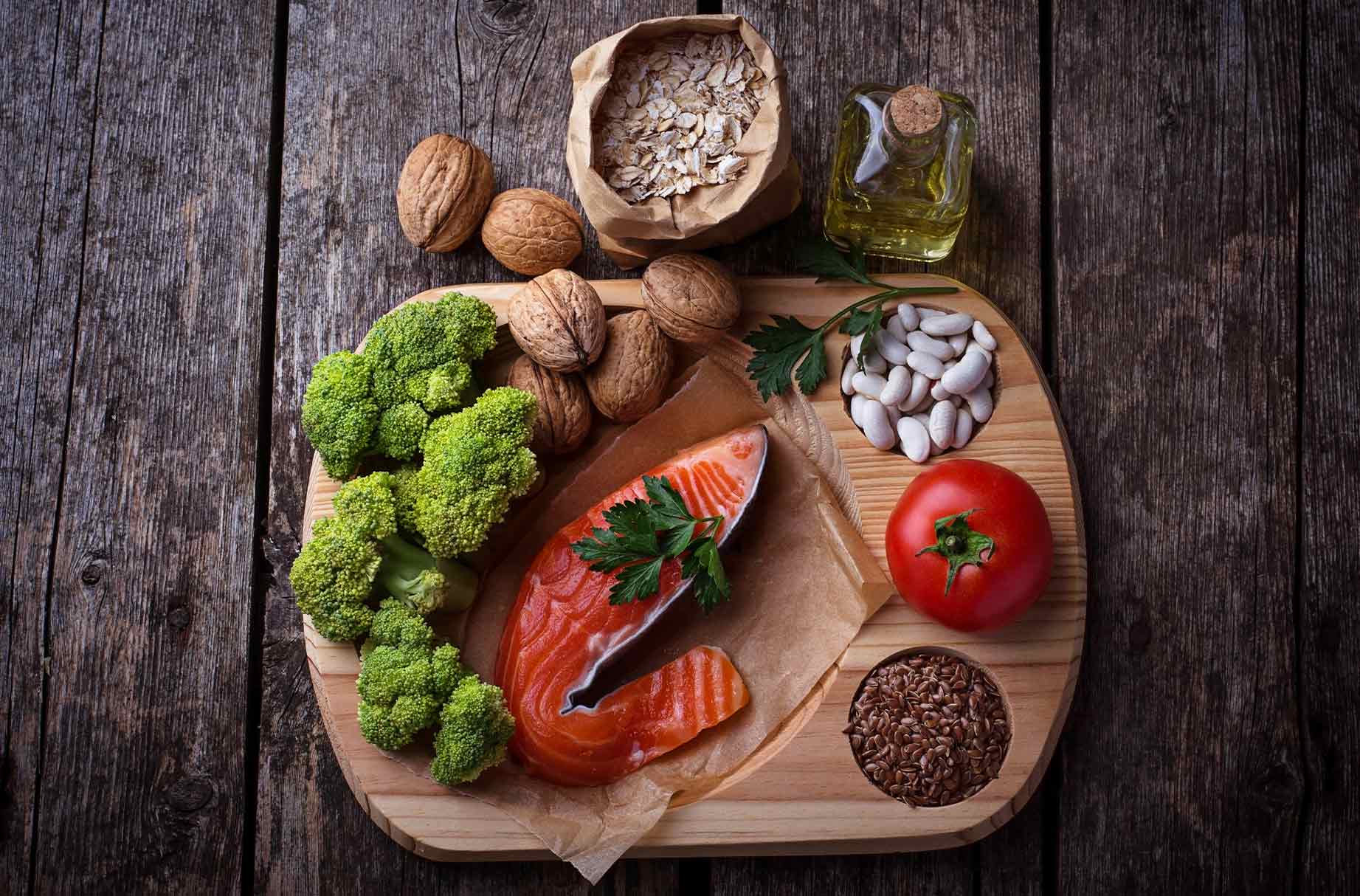
2. A healthier diet
More and more consumers want to change their diet into a healthier and more natural one, to take care of their health and fitness.
Healthy and light foods are thus becoming more and more popular, like whole wheat flour bread or sugar substitutes (like stevia, a natural sweetener with 0 calories).
3. Vegan style
With the incredible increase of vegetarianism and veganism, the food industry is slowly adapting to meet the needs of the market.
After the vegetal burger of Burger King and the artificial meat created in a lab, the possibilities of eating tasty, veg food are increasing.

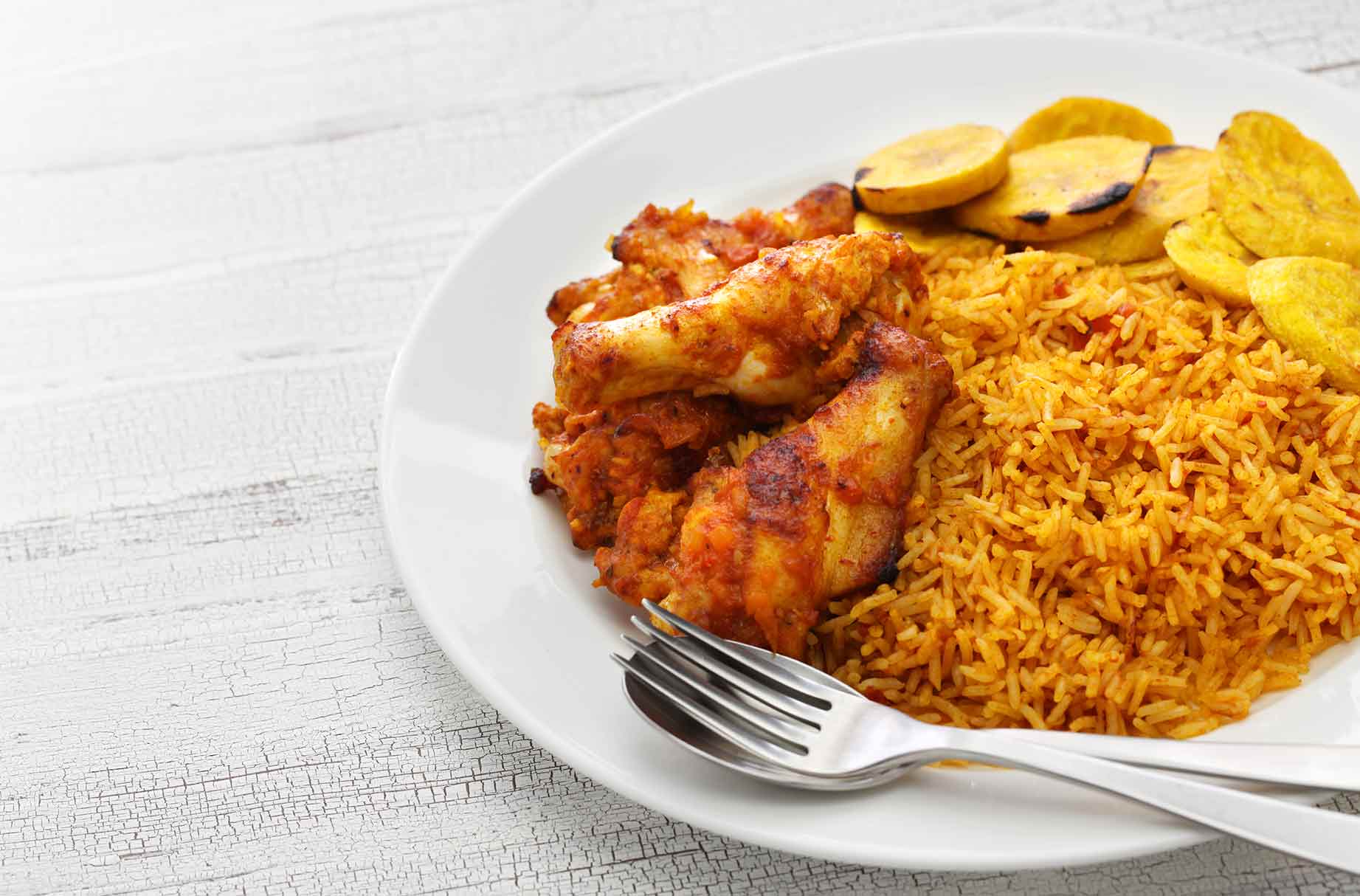
4. African cuisine
The influences of African gastronomy are slowly becoming more interesting to consumers.
African cuisine is arriving on western tables with its unique and exotic flavors with successful results.
Some of the countries that are “exporting” this type of cuisine are Senegal, Nigeria, Ghana and Mali.
5. South East Asian cuisine
South East Asian cuisine and Pacific cuisine are influencing western food habits, too.
This influence has begun with the popularization of poke, a typical Hawaiian dish based on raw fish, but other dishes are getting more attention: some examples are dried shrimps, or fruits like the dragon fruit, very popular among Instagrammers.
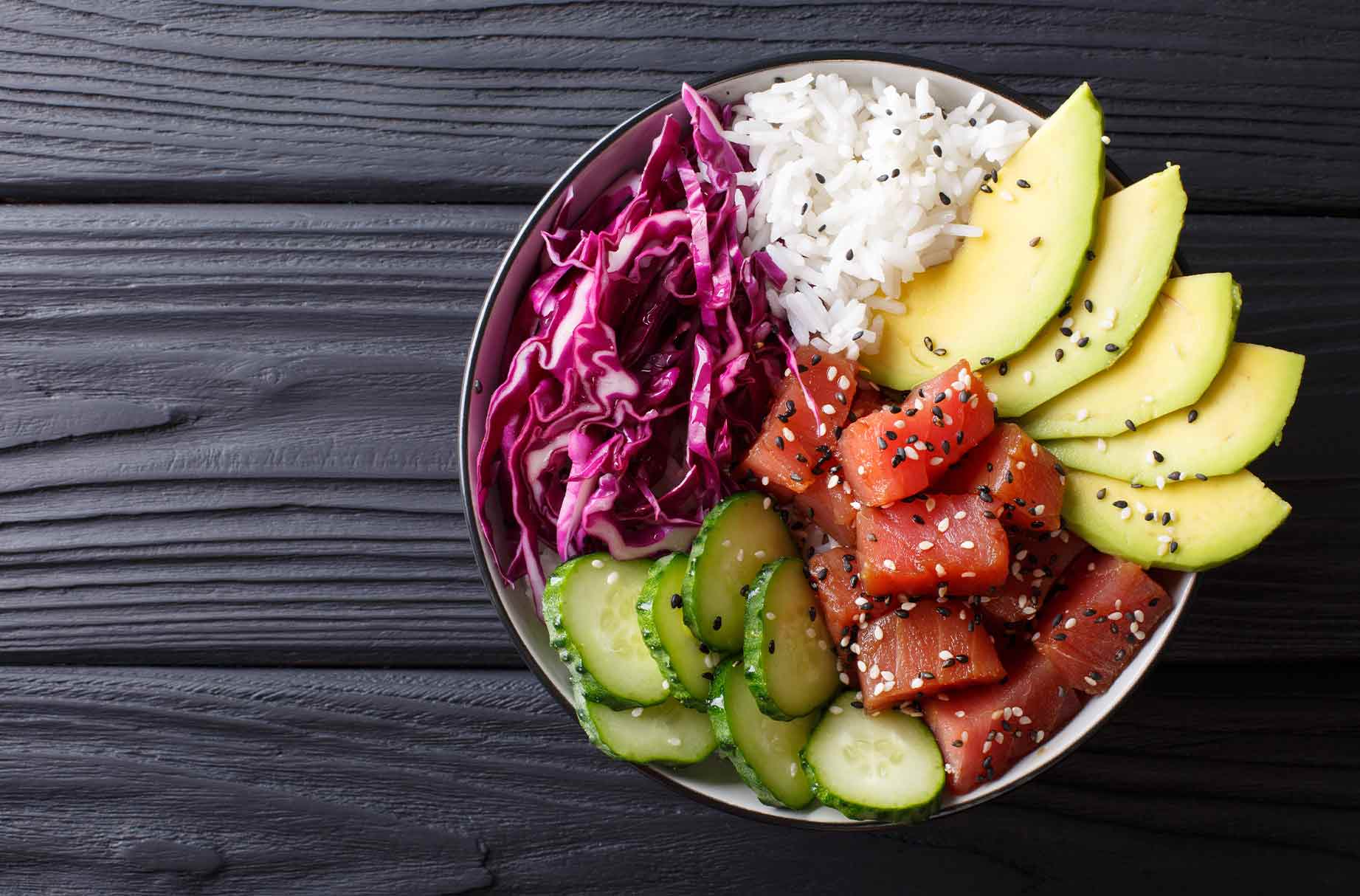

6. Experience meals
The cultural change brought by the generation of Millennials is transforming meal time into something more than a moment of sharing and socialization; it’s also an experience that associates eating with complementary activities.
People love themed restaurants, multisensorial meals or narrative dinners.
7. Technology in the restaurant
From drones to robot waiters that serve dishes to the clients in super technological restaurants, food entrepreneurs are slowly getting more and more technology into their restaurants, because they increase efficiency and make it easier to manage the process.


8. Food supply chain transparency
Another important element to which consumers are paying more attention is the food supply chain of the products we eat.
In fact, it has become fundamental to know the origin of the food, how it was grown (or, in the case of meat, how the animals were raised) and which process it has gone under. Many companies have already prepared to face these challenges, giving detailed ingredient lists, and publishing all the necessary information on their websites.
9. Fermented foods
They are considered very healthy and with incredible benefits for the gastrointestinal tract: fermented foods have become one of the most popular trend of this year.
More specifically, they are miso and tempeh (Japanese products), kefir (typical of the Caucasian region), and kimchi (a traditional Korean food).
Scientific research proves how these foods have many beneficial microorganisms that help digestion and the immune system.

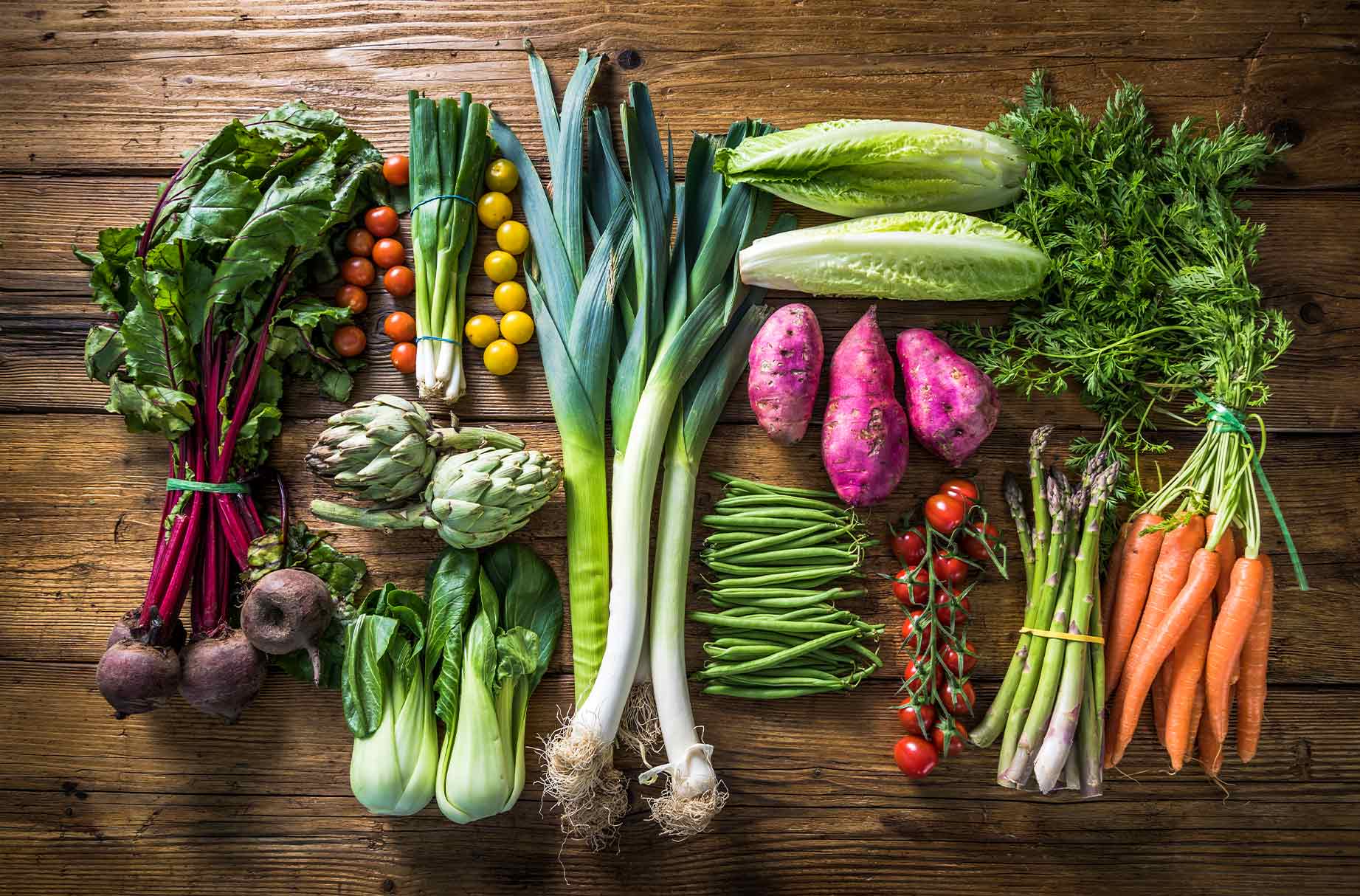
10. Say no to wasting food
A great percentage of the food we produce is thrown away as garbage in the Western world, and this causes a very-hard-to-ignore waste of potentially edible food. Consumers are trying to better this situation by choosing local grown produce, recycling more and becoming more creative in the kitchen to prevent food waste. Companies are also facing the problem, trying, for example, to sell fruit and vegetable that are considered “ugly” but edible; previously, this kind of produce would have been thrown away even if it was good. Now supermarkets are promoting the purchase of “ugly” produce highlighting the quality and the ethical choice that it represents.
The consumer public is therefore becoming increasingly attentive to issues such as health and sustainability. Novacart, aware of the importance of using quality materials for food contact products, uses FSC certified paper for its articles and is committed to producing molds and cups that are recyclable and biodegradable.